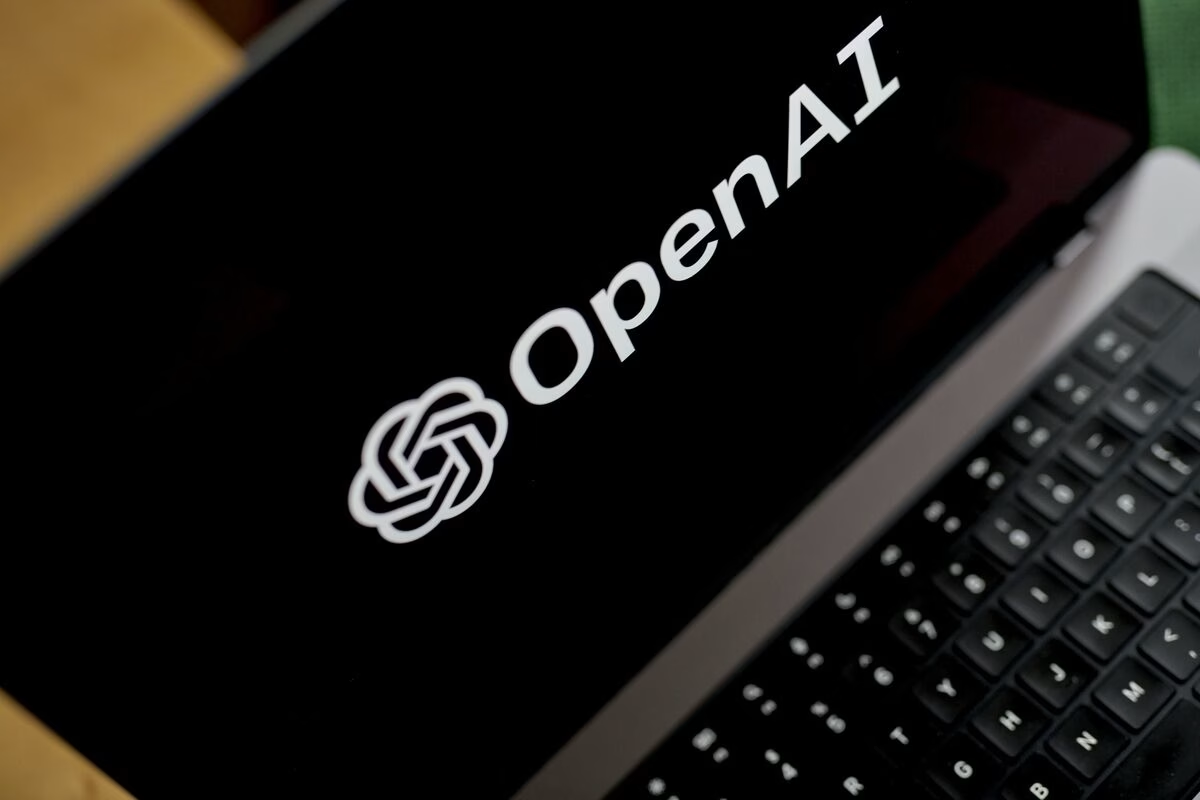OpenAI's Strategic Shift: Tapping Google's AI Chips for Next-Gen Products
It’s no secret that the AI world runs on compute power. For years, the conversation has largely revolved around Nvidia and its ubiquitous GPUs, the undisputed champions of AI training and inference. So, when news broke that OpenAI, the powerhouse behind ChatGPT, is now turning to Google's AI chips – specifically their Tensor Processing Units (TPUs) – to power its products, it certainly raised some eyebrows. And honestly, it makes a lot of sense if you think about it.
This isn't just a minor tweak to their tech stack; it's a significant strategic pivot. For the first time, OpenAI is meaningfully diversifying its computing resources away from a near-exclusive reliance on Nvidia and, by extension, Microsoft's Azure infrastructure. It’s a move that speaks volumes about the evolving landscape of AI infrastructure and the intense demand for specialized hardware.
The Imperative for Diversification: Why Break from Nvidia?
Let's be frank: Nvidia GPUs are phenomenal. They've been the backbone of the AI revolution, enabling breakthroughs from image recognition to large language models. But with great power comes... well, great demand and, often, great cost. The sheer scale of compute needed to train and run models like GPT-4 is astronomical. This creates a few pressing challenges for a company like OpenAI:
- Cost Efficiency: Running these models isn't cheap. Every inference, every training run, racks up a bill. Exploring alternatives that offer competitive performance at a potentially lower cost per operation is just smart business.
- Supply Chain Resilience: Relying on a single vendor, no matter how dominant, introduces a significant point of failure. Geopolitical tensions, manufacturing hiccups, or even just overwhelming demand can lead to supply constraints. Diversifying suppliers is a fundamental risk mitigation strategy.
- Performance Optimization: While GPUs are general-purpose powerhouses, specialized AI accelerators like TPUs are designed from the ground up for neural network workloads. They can offer superior performance for certain tasks, leading to faster training times or more efficient inference.
OpenAI has been exploring these avenues for a while. We've heard whispers and seen reports earlier this year about them looking into various cloud deals. This latest development confirms that those explorations have borne fruit, and Google's TPUs are now part of their arsenal.
Google's TPUs: A Quietly Formidable Contender
Google's Tensor Processing Units aren't new kids on the block. They've been the secret sauce powering Google's own massive AI operations for years – everything from search results to Google Translate and DeepMind's groundbreaking research. Unlike Nvidia's GPUs, which are versatile for graphics and general-purpose computing, TPUs are purpose-built for machine learning.
What makes them so appealing for AI workloads?
- Matrix Multiplication Focus: TPUs excel at the massive matrix multiplications and additions that are fundamental to neural network computations. They're designed to handle these operations with incredible speed and efficiency.
- Scalability: Google has engineered TPUs to scale horizontally, allowing for the creation of "TPU pods" that can link thousands of chips together, providing immense compute power for the largest models.
- Integrated Ecosystem: Being part of Google Cloud, TPUs come with a robust ecosystem of tools and services, making integration potentially smoother for companies already using Google's cloud infrastructure.
It’s a testament to Google's long-term investment in custom silicon that their TPUs are now seen as a viable, even preferable, option for a leading AI developer like OpenAI.
Unpacking the Implications for OpenAI and the AI Landscape
This move has several layers of implications, both for OpenAI and the broader AI industry.
For OpenAI: Enhanced Agility and Performance
By integrating TPUs, OpenAI gains greater flexibility. They can route different workloads to the most optimal hardware, potentially accelerating development cycles and improving the responsiveness of their products. Imagine being able to train a new, smaller model on a TPU pod while simultaneously running large-scale inference on another. It's about having options. It also puts them in a stronger negotiating position with all their hardware suppliers.
For the AI Hardware Market: A Shake-Up?
While Nvidia isn't going anywhere, this development signals a growing trend: the rise of specialized AI accelerators and the diversification of compute resources. It validates the efforts of companies developing custom silicon, from Google's TPUs to Amazon's Inferentia and Trainium chips, and even startups in the space. This competition is ultimately good for the industry, potentially driving down costs and fostering more innovation in chip design. We might see more AI firms adopting a multi-vendor strategy, picking the best chip for each specific task.
The Competitive-Collaborative Dynamic
It's fascinating, isn't it? OpenAI and Google are fierce rivals in the AI product space, yet here they are, collaborating on foundational infrastructure. This underscores a pragmatic reality in tech: sometimes, even competitors need to work together to achieve their goals. OpenAI needs compute, and Google has it. This kind of "coopetition" could become more common as the AI arms race intensifies, with companies leveraging each other's strengths where it makes strategic sense.
The Road Ahead: More Custom Silicon, More Choices
Looking forward, I believe we'll see more of this. The pursuit of ever-more powerful and efficient AI models will continue to drive demand for specialized hardware. Companies won't just buy off-the-shelf; they'll seek out the best tools for the job, whether that's a GPU, a TPU, or some other custom accelerator. This shift by OpenAI isn't just about their immediate needs; it's a bellwether for the future of AI infrastructure. It suggests a future where AI developers have a richer palette of compute options, leading to more robust, cost-effective, and ultimately, more innovative AI systems. It's a pretty exciting time to be watching this space, don't you think?
